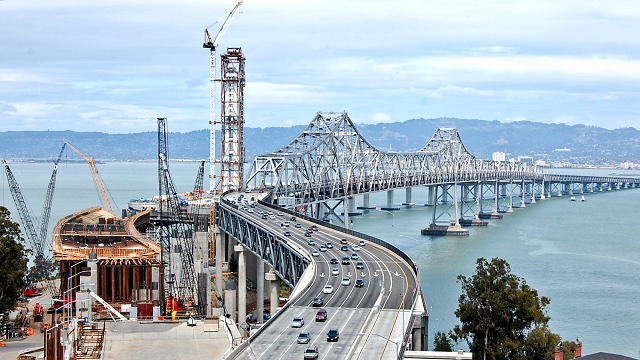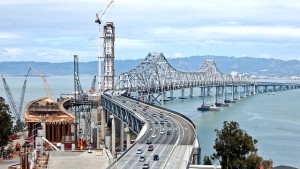Before I go there, I can tell you what has and hasn't worked for me:
1. The authorities tell us that a big, damaging earthquake is a certainty (over 99 percent) in the next 30 years in California. (My instinctive, self-justifying response is, "Fine, the Big One will be down south.")
2. They tell us that a big, damaging earthquake has 2-to-1 odds of happening in the Bay Area in the next 30 years. (Yeah, the epicenter will most likely be somewhere else and not this year either.)
3. They tell us that damaging shaking from that big quake will affect my area. The scenarios show that problems from the quake will affect my area's infrastructure, its traffic, its economy. (Well . . . that's hard to ignore.)
4. Recent, realistic simulations show that the experience will be scary and challenging under the best of circumstances. (Imagining this keeps me awake sometimes.)
5. You insure yourself against sudden death, illness and car crashes, don't you, so why not treat earthquakes the same way? (Um, O.K.)
Nevertheless, all that feels more like being harangued than being helped. Can earthquake preparation be easy instead? Or failing that, can it be simple?
Would you settle for orderly? That is definitely doable. Some things come before other things, and those sincere, creative people have sorted them out in a program called Seven Steps to Earthquake Safety. That turns the daunting mountain of earthquake preparedness into a path, with one step at a time. For instance, step 1 is "Secure it now!" That sounds like something with a beginning and an end; like something I could incorporate into my routine, one errand at a time, a small new item in the family-meeting agenda and the household budget. That sounds like something I can actually manage. And once it's done, step 2——but let's not get ahead of ourselves; that's how the paralysis started.
There is coaching available, too. At least I think of it that way. A creative team at TotallyUnprepared.com has a growing set of stories and demonstrations of the small, ordinary things that make up "securing it now." There's a lovely set of videos answering the simple question, Will it shake? The newest one tests a snowglobe collection. Of course it will shake; you know that; but it still helps to see it shake. The how-to section covers lots of specific problems, from securing refrigerators to getting earthquake insurance. You can even sign up for a regular email message from the Totally Unprepared team with tips and encouragement. Links from Totally Unprepared go to lots of good background info. It seems like just the place to bookmark and, dare I say it, make part of a New Year's resolution.

